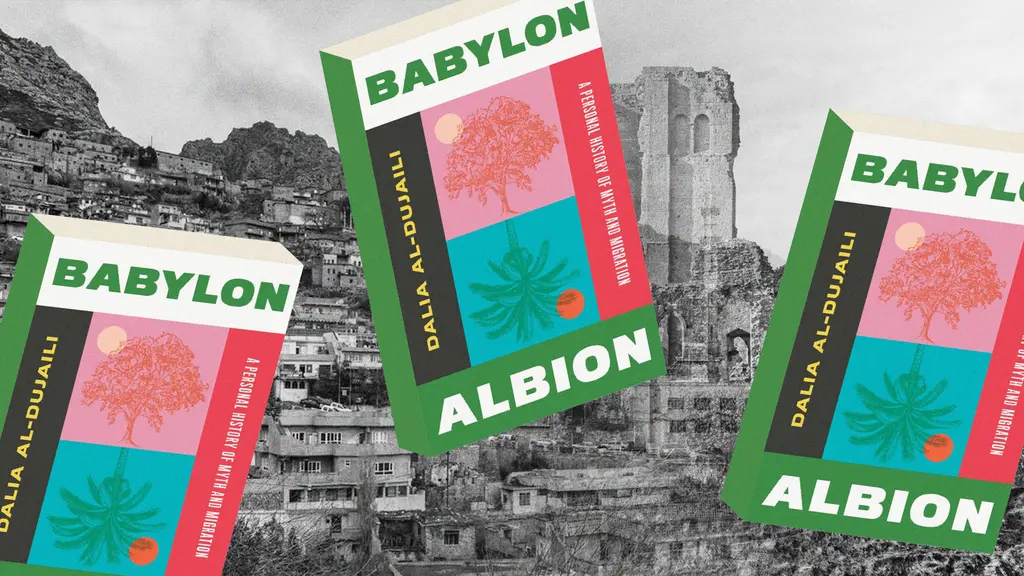SAMO® mastermind Al Diaz on the evolution of NYC graffiti
- Text by Miss Rosen
- Photography by Charlie Ahearn (main image)

Possessed of an inimitable blend of candour and charm, artist Al Diaz embodies New York cool. Growing up on the Lower East Side, Diaz became one of the earliest graffiti writers in the community.
“I was known in the Jacob Riis Houses as the kid who writes on the wall. Being a writer was an identity, like being a skater, an athlete, or a punk kid,” says Diaz, who started writing in 1971 at the tender age of 12.
His passion to tag quickly grew into an obsession. By the time Diaz entered the High School of Art & Design in 1973, he was writing “BOMB ONE” (his moniker) on the streets and trains. He soon discovered that graffiti crossed socioeconomic barriers in New York and became friends with people he might never otherwise encounter in his neighbourhood.
But as Diaz grew older, the clandestine scene of his early teens began to shift. “What was initially so attractive about graffiti was that it had a sense of a secret organisation, an ‘us and them’ kind of thing,” he says. “By 1976, a lot more people were involve and it was a little more pedestrian.”

Lee with horse by Charlie Ahearn
That same year, Diaz transferred to City-As-A-School in Brooklyn and met Jean-Michel Basquiat at a mutual friend’s house. They became friends and together they created SAMO®. Unlike graffiti, which was a coded conversation among writers occurring in a public space, SAMO® was envisioned as clear, legible messages to any person walking down the street.
The art world quickly took notice of the writing on the wall. Basquiat’s star shot into the stratosphere while Diaz stayed close to the culture of his roots – which he recently honoured with the two-part exhibition, City of Kings at Howl! Happening and Howl! Arts/Howl! Archive in New York.

Original Soup Train by Charlie Ahearn
Diaz has teamed up with graffiti archivist and artist Eric ‘DEAL CIA’ Felisbret and art educator Mariah Fox to create an exhibition that brings together stories, photos, videos, documentaries, and ephemera from legends like CoCo 144, Taki 183, Crash, LEE, Charlie Ahearn, FLINT, and Martha Cooper, along with lesser known artists whose contributions have shaped its evolution over the years.
City of Kings provides a visual timeline illustrating the flow of ideas amid the larger history of New York, exploring the interplay of politics, economics, and environment on young artists motivated by something greater than financial reward.


By Flint Gennari
“Graffiti is about the spirit of defiance,” says Diaz, who still carries a marker. “It’s not like you stop doing it, but it’s no longer a 24/7 obsession where my jeans are covered with ink. That’s who we were and hopefully it dissipates.”
But as Diaz points out the only writers who truly quit are the people who leave the community, never to return. Most old timers regularly show up to celebrate the culture they built from the ground up.
“The beautiful thing is that New York City graffiti is an actual community,” Diaz says. “We have social media groups and everybody’s got everybody’s number. If you need to get in touch with somebody, it’s just two degrees of separation.”

By Flint Gennari

Zeph writes heroin by Charlie Ahearn

Cold Crush Tamori show by Charlie Ahern

5 Pointz 2008

Wild Style in Bx by Charlie Ahearn

By Flint Gennari
City of Kings is on at Howl! Arts/Howl! Archive: December 3 – January 29, 2023 (250 Bowery Second Floor, New York).
Enjoyed this article? Like Huck on Facebook or follow us on Twitter and Instagram.
You might like

Largest-Ever Display of UK AIDS Memorial Quilt Opens at Tate Modern
Grief Made Visible — Comprising hundreds of panels made by lovers, friends and chosen family, the UK AIDS Memorial Quilt returns in full for the first time since 1994 – a testament to grief, friendship and the ongoing fight against HIV stigma.
Written by: Ella Glossop

In Medellín’s alleys and side streets, football’s founding spirit shines
Street Spirit — Granted two weeks of unfettered access, photographer Tom Ringsby captures the warmth and DIY essence of the Colombian city’s grassroots street football scene.
Written by: Isaac Muk

Dalia Al-Dujaili: “When you’re placeless, nature can fill the void”
Babylon, Albion — As her new book publishes, the British-Iraqi author speaks about connecting with the land as a second-generation migrant, plants as symbols of resistance, and being proud of her parents.
Written by: Zahra Onsori

Why Katy Perry’s space flight was one giant flop for mankind
Galactic girlbossing — In a widely-panned, 11-minute trip to the edge of the earth’s atmosphere, the ‘Women’s World’ singer joined an all-female space crew in an expensive vanity advert for Jeff Bezos’ Blue Origin. Newsletter columnist Emma Garland explains its apocalypse indicating signs.
Written by: Emma Garland

Katie Goh: “I want people to engage with the politics of oranges”
Foreign Fruit — In her new book, the Edinburgh-based writer traces her personal history through the citrus fruit’s global spread, from a village in China to Californian groves. Angela Hui caught up with her to find out more.
Written by: Angela Hui

We are all Mia Khalifa
How humour, therapy and community help Huck's latest cover star control her narrative.
Written by: Alya Mooro

